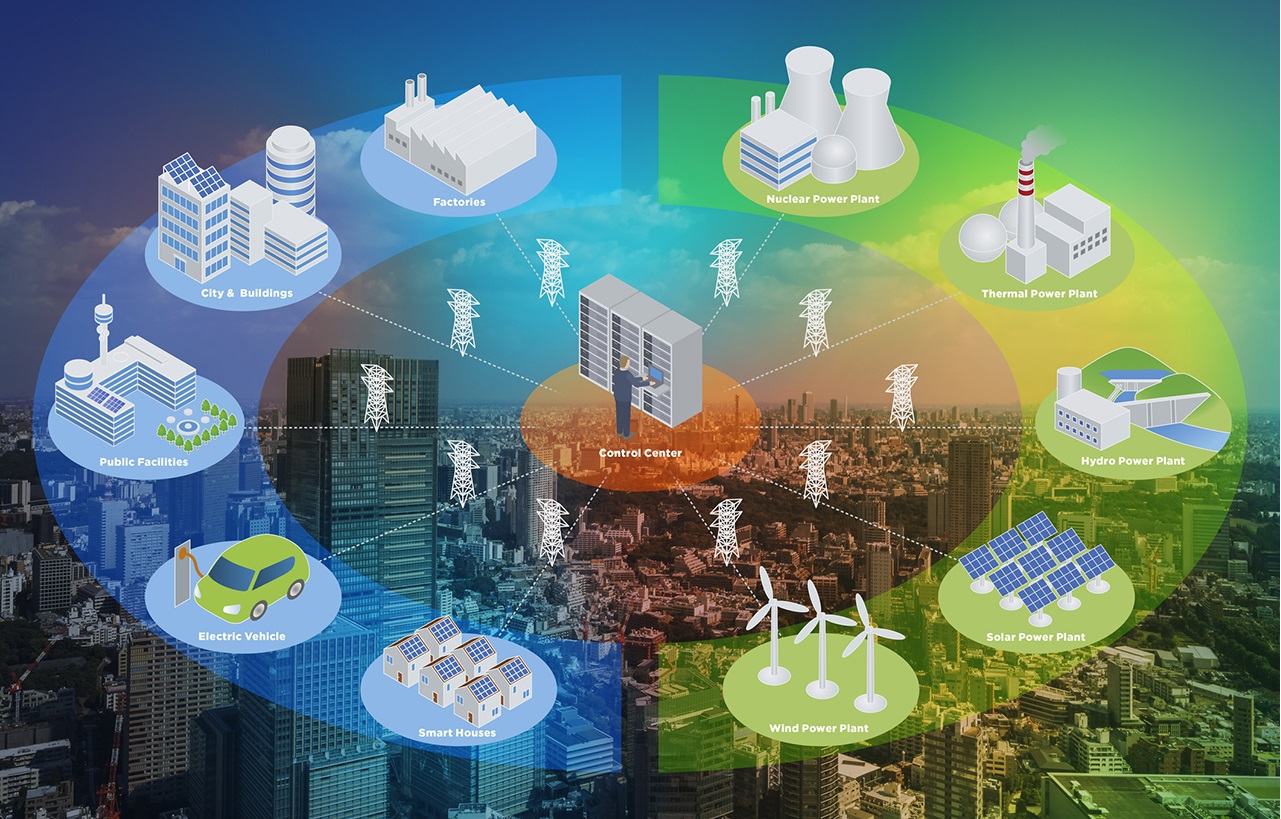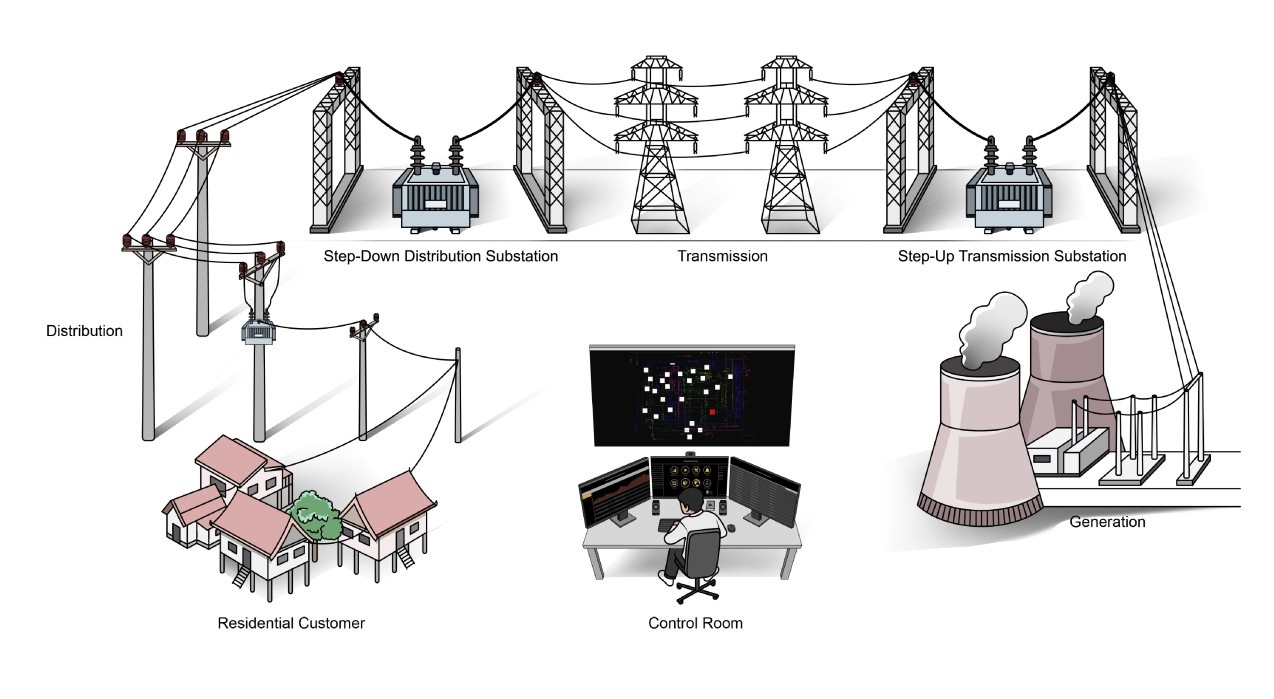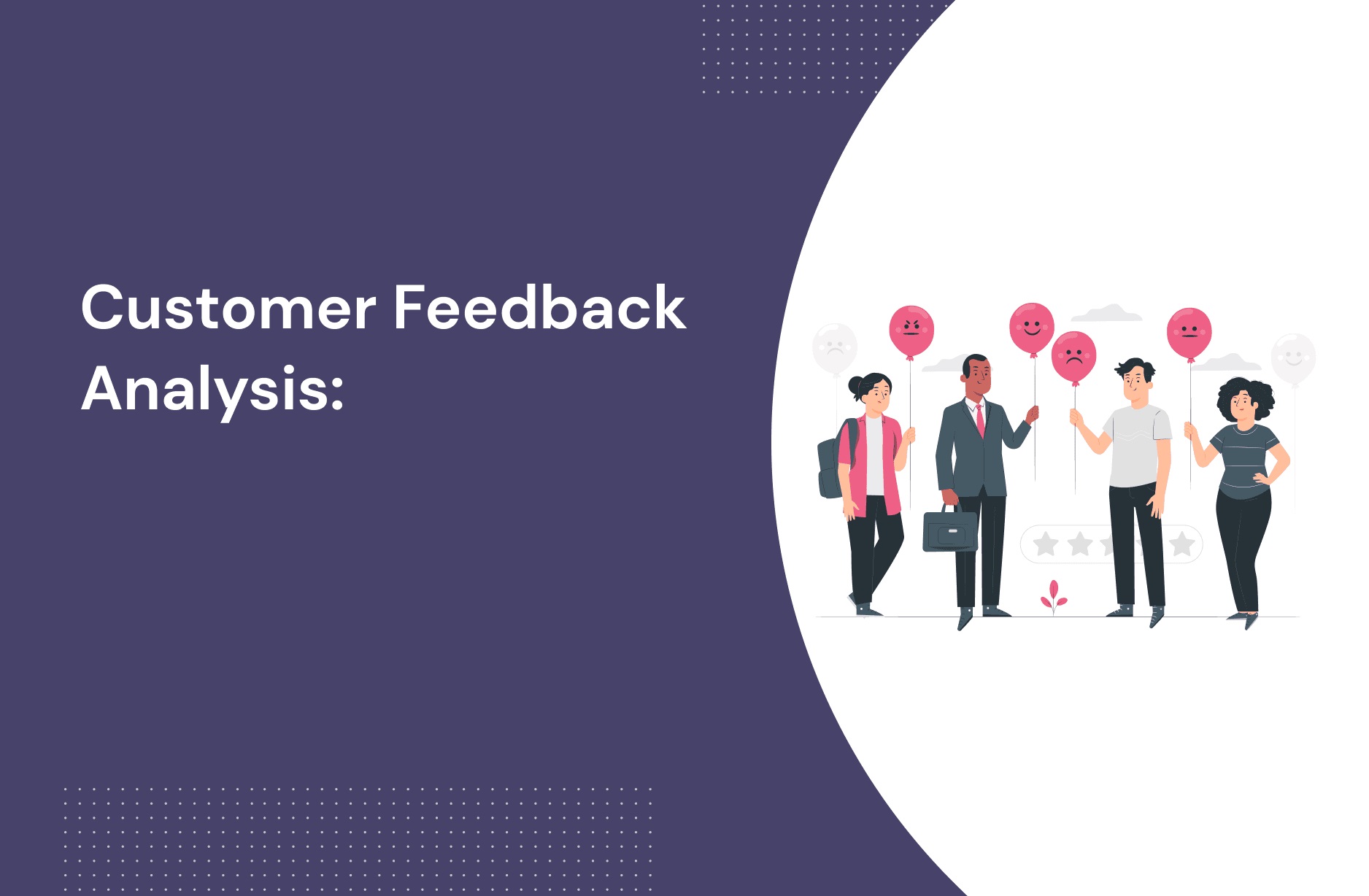AI in Energy Management
The integration of AI in energy management, represented by Vishcheda.ai, proves instrumental in enhancing efficiency and reliability across various energy sources. This transformative approach extends to the evolution of traditional grids into smart grids, leveraging technologies such as sensors and data analytics for real-time monitoring, predictive maintenance, demand response management, and optimal energy routing. Additionally, Generative AI and Large Language Models contribute to predictive modeling for energy demand and supply, intelligent scheduling of resources, and personalized energy consumption advice. Beyond infrastructure, the energy sector's adoption of AI for customer engagement aims at providing tailored information through data analytics and sentiment analysis, ensuring a more personalized and efficient energy landscape.
| Documentation Services | Service Description | Model Representation |
|---|---|---|
| Smart Grids | Vischedha.ai's smart grid slution can integrate with sensors, data analytics tools, energy storage systems, energy management platforms. Energy companies can collect energy usage data from every single device on the grid, and then use this information to develop energy efficiency projects for their customers. |  |
| Microgrids & Grid Management | Vischedha.ai solutions is used to optimise energy grids by managing energy flows between microgrids, power stations, distribution centers, businesses, storage batteries and homes and the power grid itself. This reduces energy waste while increasing consumer engagement with energy consumption. An AI system can independently monitor a microgrid, a small-scale energy grid, separate from the conventional energy grid |  |
| Energy Predictive Analytics | with Vischedha.ai's Predictive analytics can be used to predict how energy demand will change with respect to timelines. This information can then be used to plan for the future infrastructure to meet future energy needs. By using predictive analytics, energy companies can also predict equipment realtime condtions and failures. |  |
| Grid Stability | Vischedha.ai's Generative AI models analyze historical data to forecast peak demand periods and potential supply disruptions. Control systems then adjust energy generation and distribution in real-time to maintain grid stability. AI can optimize grid stability by predicting and mitigating fluctuations in energy supply and demand |  |
| Customer Engagement & Feedback Analysis | Vischedha.ai sentiment and feedback text analsysis engage customers more effectively. These solutions enable the delivery of personalized information based on individual energy needs. Through data analytics, companies gain insights into customer energy usage, allowing them to offer targeted advice on reducing consumption by adjusting usage habits |  |
AI in Renewable Energy
vischedha.ai can be tailored to the specific characteristics and challenges of different renewable energy sources, contributing to their efficient and sustainable integration into the energy landscape. GenAI and LLMs play pivotal roles in advancing renewable energy, including battery technology. Our solutions contributes to optimizing renewable energy systems by generating innovative solutions and predicting energy production patterns. It aids in designing more efficient solar panels, wind turbines, and other renewable infrastructure, enhancing overall energy output. Optimizing Energy Production: vischedha.ai optimize the performance of renewable energy systems, such as solar panels and wind turbines. Our models analyze data from sensors, weather conditions, and historical patterns to adjust the operation parameters in real-time. This ensures maximum energy production and efficient utilization of resources. Battery Life Cycle Predictions: In the context of battery energy, vischedha.ai contribute to optimizing battery technologies for energy storage.Our models to enhance battery performance, lifespan, and efficiency. These technologies also assist in analyzing vast datasets related to energy storage, enabling better decision-making for grid management and ensuring a seamless integration of renewable energy sources. Our models analyze battery usage patterns, environmental factors, and degradation indicators to predict when batteries are likely to reach the end of their life cycle. This enables proactive replacement or maintenance. Solar Panel Performance Optimization: vischedha.ai models analyze real-time data from sensors on solar panels, considering factors like weather conditions and shading. Our system recommends adjustments, such as panel cleaning or realignment, to maximize energy output. Our Models can optimize the efficiency of solar panels by predicting and addressing factors affecting their performance. Leakage Detections in Renewable Energy Systems: vischedha.ai ObjectDetection models, analyze images from cameras mounted on renewable energy installations. They detect anomalies such as cracks, corrosion, or damaged components, triggering maintenance alerts for timely repairs. Our Models can identify and locate leakages in renewable energy systems, such as solar panels or wind turbines, to prevent energy loss and environmental impact. Grid Integration and Stability: vischedha.ai contributes to the integration of renewable energy into existing power grids. Smart grid solutions leverage AI to balance energy supply and demand, predict grid fluctuations, and enhance stability. This ensures a smoother integration of intermittent renewable sources into the overall energy infrastructure.

